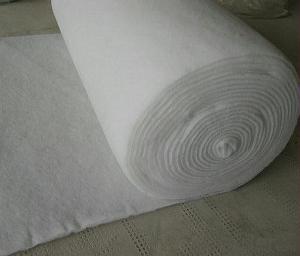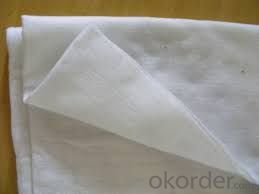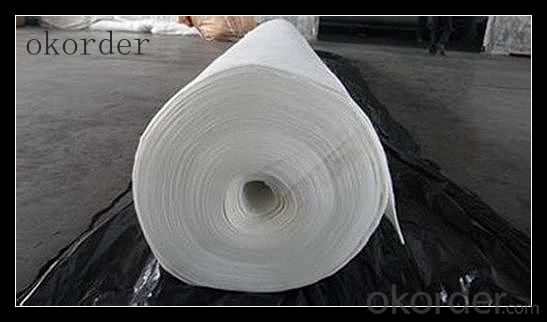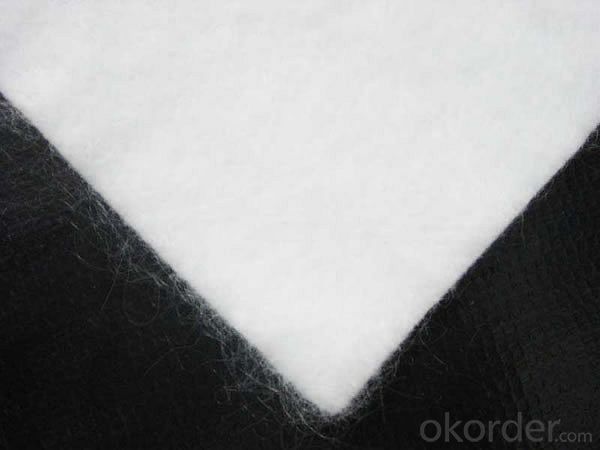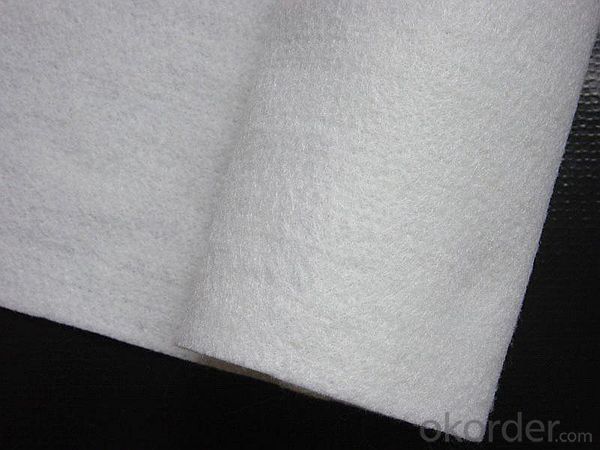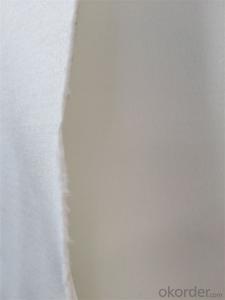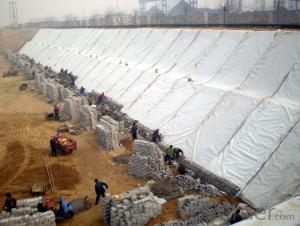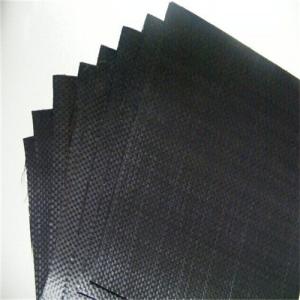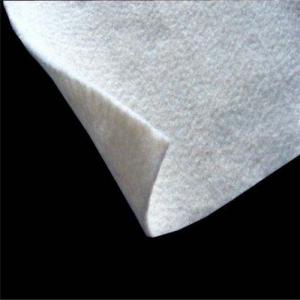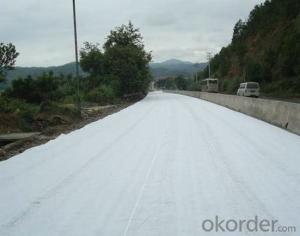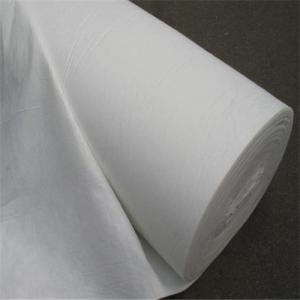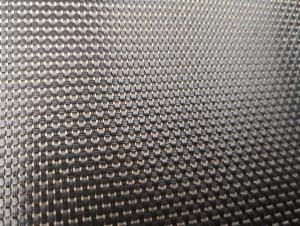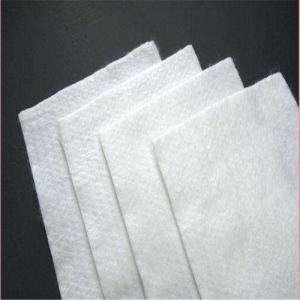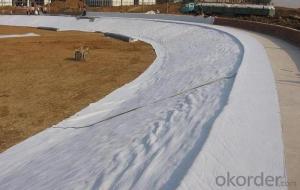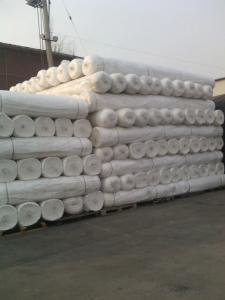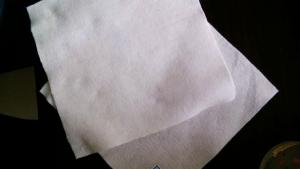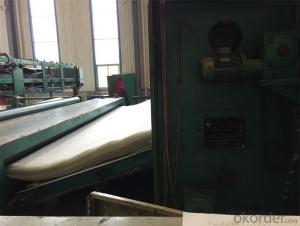Polyethylene Woven Geotextile Fabric per m2 for Road Construction
- Loading Port:
- China main port
- Payment Terms:
- TT OR LC
- Min Order Qty:
- 1000 m²
- Supply Capability:
- 1000000 m²/month
OKorder Service Pledge
OKorder Financial Service
You Might Also Like
Product Introduction
Type:
Geotextiles, Nonwoven Geotextile woven Geotextile
Place of Origin:
Shandong, China (Mainland)
Brand Name:
CMAX
Model Number:
CMAX-S001
Geotextile fabric application requires observing the requirements of the following normative and technical documentation on draining, separating and enforcing inter-layers in road constructions, foundations, earthworks, and melioration construction, drainage systems, pipe lines laying, airport and waste disposal area constructions.
Our Service
1.On a regular basis or as per your request,we entrust national testing agencies to conduct quality inspections
2. Strictly in accordance with the ISO9001-2008 international quality system standard,we monitor and manage the whole process throughout production,quality testing,and measurement to ensure product quality
3. For quality-related construction delay or substandard construction(except for damage or losses due to customer’s responsibility or irresistible natural disasters),we have refunding,replacement,and repair services.We will respond to customers’ feedbacks on quality issues within 24 hours.
4.In order to provide customers with comprehensive technical support,we will provide technical and other related information upon request in a timely manner.
5.In required,we will appoint specialized technicians to the construction site to give technical trainings to construction people,and offer technical guidance throughout the whole construction process.
6.For damage due to shipment and delivery,after we receive the complaint,we will check the issure through provided pictures and videos.If our responsibility is confirmed,we wil offer free replacement.
7.When the construction is completed,as your request,our technical staff may participate in the final acceptance.
FAQ:
Q: What kind of payments does jenor support?
A: T/T, L/C, Cash are accepted.
Q: Do you charge for the samples?
A: Accordeing to our company policy, the samples are free, we only charge the freight fee. And we will return the freight fee during the next order.
Q: Can you produce according to customers' design?
A: Sure, we are professional manufacturer, OEM and ODM are both welcome.
Q: Do you have other products?
A: Yes, please check the pictures:
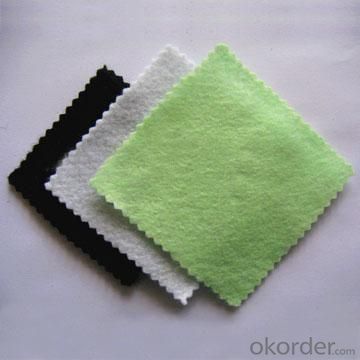
- Q: How do geotextiles improve the performance of geotubes?
- Geotextiles improve the performance of geotubes by providing reinforcement, filtration, and separation functions. They help to prevent soil erosion and retain sediment within the geotube, while allowing water to pass through. Additionally, geotextiles enhance the overall stability and durability of geotubes, ensuring their effectiveness in various applications such as coastal protection and dewatering.
- Q: How do geotextiles affect soil compaction?
- Geotextiles can help reduce soil compaction by providing a barrier between the soil and external forces. They distribute the load evenly, preventing the soil particles from being compressed too much. This allows the soil to maintain its natural structure and porosity, resulting in improved drainage and increased resistance to compaction.
- Q: What are the different types of geotextile seams?
- There are several different types of geotextile seams, including overlap seams, butt seams, and sewn seams.
- Q: Can geotextiles be used in railway projects?
- Yes, geotextiles can be used in railway projects. Geotextiles are often used in railway construction and maintenance to improve the stability and performance of the track. They can be used for various purposes such as separation, filtration, reinforcement, and drainage, helping to prevent soil erosion, improve drainage systems, and enhance the overall durability of the railway infrastructure.
- Q: Under what circumstances drainage pipes need additional geotextiles
- Infiltration of water under the circumstances, geotextile play a filtering effect, Huazhi geotextile material manufacturers
- Q: What are the advantages of using geotextiles in mining operations?
- There are several advantages of using geotextiles in mining operations. Firstly, geotextiles act as a barrier, preventing the erosion of soil and rock particles, thereby reducing the potential for soil contamination and water pollution. Secondly, geotextiles can strengthen and stabilize the ground, providing increased support for heavy machinery and equipment used in mining operations. Additionally, geotextiles can be used to separate different layers of soil and rock, allowing for efficient drainage and filtration of water, which is crucial for maintaining the integrity of mining sites. Overall, the use of geotextiles in mining operations enhances environmental protection, improves operational efficiency, and ensures the safety of workers and surrounding ecosystems.
- Q: Geotextile what role
- Geotextile is a new type of building materials, raw materials are polyester, acrylic, nylon and other polymer polymer synthetic fiber.According to the manufacturing method is divided into: there are two types of textile and non-woven geotextile geotextile with anti- Filter, drainage, isolation, reinforcement, protection, sealing and other functions, it is compared with conventional masonry and concrete anti-seepage effect, with low investment, simple construction process, short duration, good anti-seepage effect, effective channels The use of high coefficient of the advantages of water conservancy project dam and slope protection, channel isolation, seepage; road, railway, airport runway foundation isolation, filter, drainage, slope, retaining wall and road reinforcement, drainage; Construction of the soft foundation treatment, beach embankment, harbor wharf and breakwater reinforcement, drainage; landfill, thermal power plant ash dam, concentrator tailing dam isolation, seepage; geotextile has been widely used in infrastructure construction , And gradually applied to a wider range of areas.
- Q: Can geotextiles be used for reinforcement of paved surfaces?
- Yes, geotextiles can be used for the reinforcement of paved surfaces. Geotextiles are commonly deployed underneath the asphalt or concrete layers of paved surfaces to enhance their strength, stability, and durability. They help distribute the load over a larger area, prevent cracking and rutting, and control the growth of vegetation. Additionally, geotextiles can minimize the potential for reflective cracking and provide separation between different layers, enhancing the overall performance of paved surfaces.
- Q: U400 geotextile u400 what it means
- Is not 400g / ㎡ of geotextile? My company specializes in the production of geotextiles, details (hand) to see capital (machine) material
Send your message to us
Polyethylene Woven Geotextile Fabric per m2 for Road Construction
- Loading Port:
- China main port
- Payment Terms:
- TT OR LC
- Min Order Qty:
- 1000 m²
- Supply Capability:
- 1000000 m²/month
OKorder Service Pledge
OKorder Financial Service
Similar products
Hot products
Hot Searches
Related keywords
